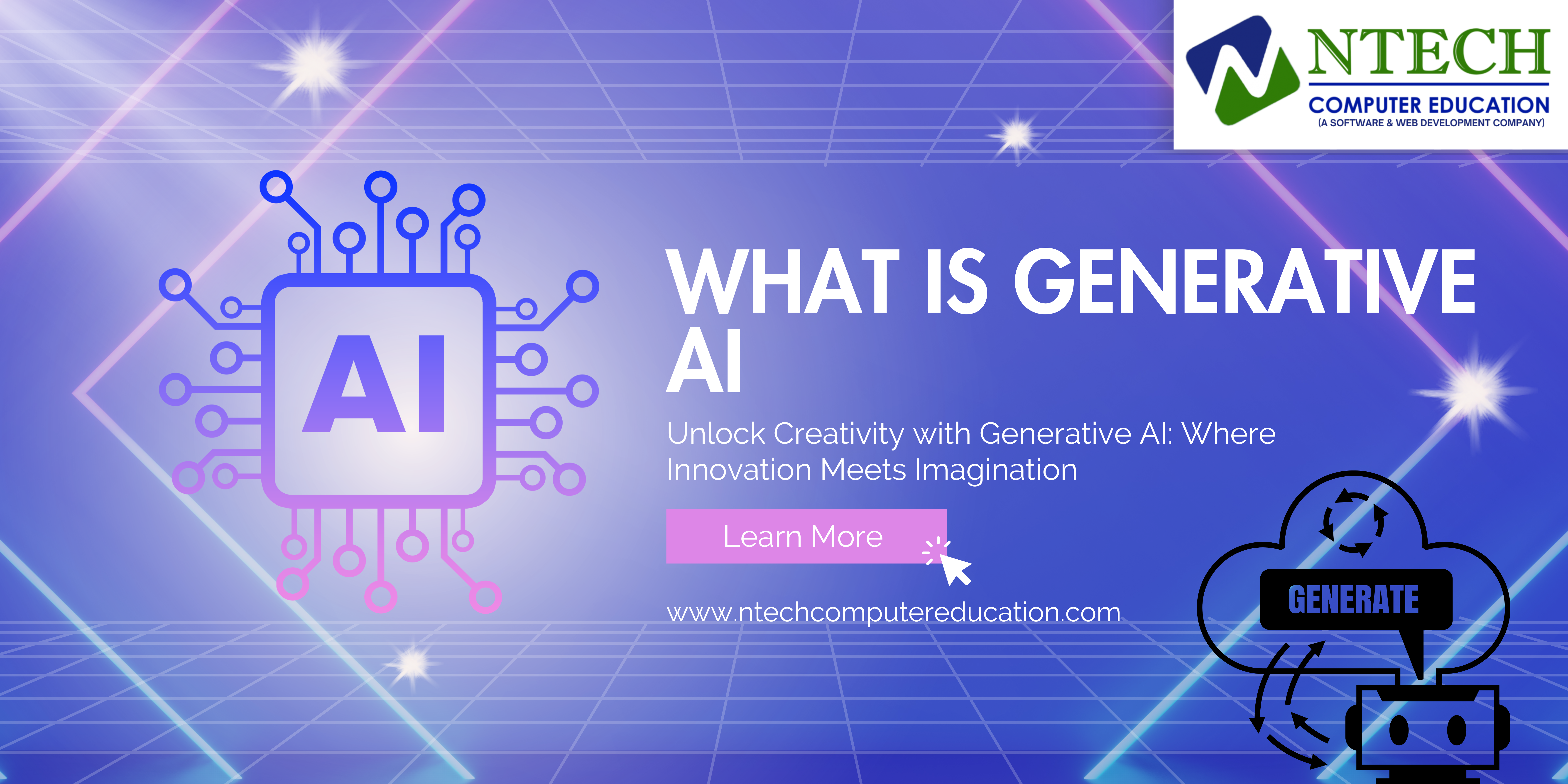Artificial Intelligence (AI) has seen remarkable advancements over the past few decades, with generative AI emerging as one of the most groundbreaking branches. This technology is revolutionizing various fields by creating new content and solutions. But what is generative AI and how does it work? In this blog post, we will delve into these questions, offering a comprehensive understanding of generative AI. Join us as we demystify the world of generative AI and uncover how this innovative technology is shaping our digital landscape.
Understanding Generative AI
Generative AI refers to a subset of artificial intelligence that focuses on creating data that resembles a given dataset. Unlike traditional AI models, which are designed to recognize patterns and make predictions, generative AI is capable of generating new content. This can include text, images, music, and even complex designs. The primary objective of generative AI is to produce outputs that are indistinguishable from those created by humans.
How Does Generative AI Work?
The underlying technology behind generative AI involves complex algorithms and models, primarily Generative Adversarial Networks (GANs) and Variational Autoencoders (VAEs). These models enable the creation of high-quality synthetic data. Here’s a closer look at how these technologies work:
1. Generative Adversarial Networks (GANs)
GANs are composed of two neural networks: the generator and the discriminator. These networks are trained simultaneously through a process of competition.
- Generator: The generator creates fake data samples that mimic the real dataset. It starts with random noise and gradually learns to produce more realistic outputs.
- Discriminator: The discriminator evaluates the data samples and attempts to distinguish between real and fake data. Its goal is to correctly identify whether a given sample is real (from the dataset) or fake (generated by the generator).
The training process involves the generator trying to fool the discriminator, while the discriminator gets better at detecting fakes. Over time, the generator produces increasingly realistic data as the discriminator’s ability to detect fakes improves.
2. Variational Autoencoders (VAEs)
VAEs are another type of generative model that learn to encode data into a lower-dimensional space (latent space) and then decode it back to its original form. Here’s how VAEs work:
- Encoder: The encoder compresses the input data into a compact representation in the latent space.
- Decoder: The decoder reconstructs the data from this compressed representation.
During training, the VAE learns to generate data that is similar to the original dataset by optimizing the reconstruction process. This enables VAEs to create new data samples that closely resemble the input data.
Applications of Generative AI
Generative AI has numerous applications across various industries. Here are some of the most notable ones:
1. Content Creation
Generative AI can produce high-quality text, images, and videos. For instance, AI-powered tools can generate articles, create artwork, or compose music. This technology is increasingly being used to automate content creation in marketing, entertainment, and media.
2. Design and Fashion
In the design and fashion industries, generative AI helps create innovative designs and prototypes. It can generate new clothing patterns, architectural designs, and even entire virtual environments for video games and simulations.
3.Healthcare
Generative AI is revolutionizing healthcare by creating synthetic medical data for research and training purposes. It can also aid in drug discovery by generating potential molecular structures for new medications.
4. Personalization
AI-driven personalization engines use generative AI to create customized experiences for users. This includes personalized recommendations for products, services, and content based on individual preferences and behaviors.
Challenges and Ethical Considerations
Despite its potential, generative AI also poses significant challenges and ethical concerns. The ability to create hyper-realistic fake content raises issues related to misinformation, deepfakes, and intellectual property rights. Ensuring the responsible use of generative AI is crucial to mitigate these risks.
Conclusion
Generative AI is a ground breaking technology with the potential to transform various industries. By understanding its mechanisms and applications, we can better appreciate its capabilities and navigate the challenges it presents. As we continue to explore the possibilities of generative AI, it is essential to maintain a balance between innovation and ethical responsibility.

